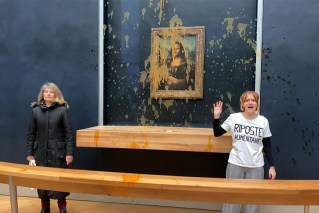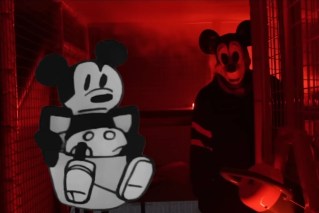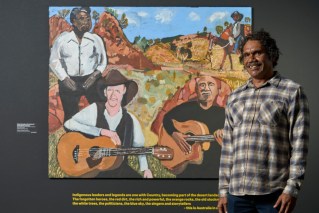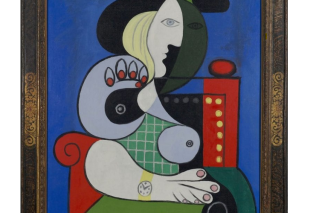Images of blinding beauty from the dead of night
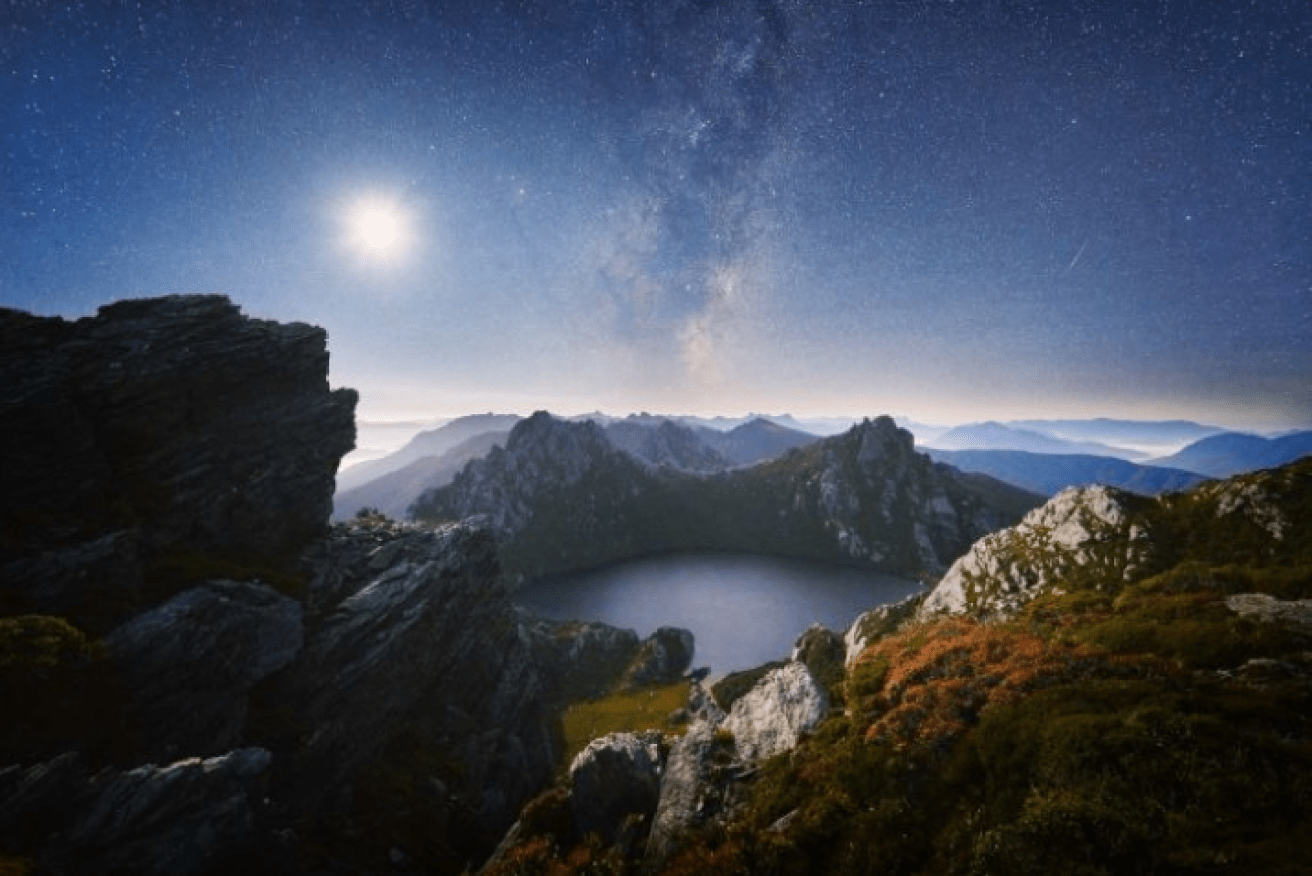
Luke Tscharke's breathtaking snap of the Milky Way rising above Tasmania's wilderness took top honours. Photo: Luke Tscharke/David Malin Awards
A stunning image that captures the night sky above the rugged beauty of southern Tasmania has won Australia’s most prestigious astrophotography award.
Crescent Moon at Lake Oberon, taken by Luke Tscharke, was announced as the overall winner of the David Malin Awards at a ceremony at Parkes today.
“It isn’t obvious at first sight that it’s a night picture,” said David Malin, the world-renowned astrophotographer after which the awards are named.
The winning photo was taken about 4:00am from the Western Arthur Range between the astronomically named Mount Orion and Mount Sirius.
“I love the shading of the mountains in the background, and of course it’s the Milky Way rising over the lake,” Dr Malin said.

Famed photographer David Malin found it tough to pick a winner. Photo: David Malin
“The moon is there too, and there’s a meteorite on the right-hand side.
“It looks like a moody daytime shot … but it is done at night.”
The annual competition, hosted by the Central West Astronomical Society, honours the best photos and timelapse videos of the night sky in a range of categories.
With more than 260 entries, it was a bumper year.
“This year it took me by far the longest to judge them because the quality was so high it was difficult to know what to leave out,” Dr Malin said.
So what does Dr Malin look for in an image?
“First of all it has to be eye-catching in some way, but that’s not the only thing,” he said.
“I then look at the technical details and see how difficult it was to do.”
To get its ethereal feel, the winning shot, combined different exposures of the foreground and background, taken by a single camera.
“It’s cleverly done because [the photographer] managed to retain the colours in the foreground,” Dr Malin said.
The foreground is illuminated by the crescent moon.
“The foreground has had several exposures, many more than the sky. All in one image,” he said.
There were also standout images in the Deep Sky, Wide Field, Solar System,
Deep sky winner: E lucevan le stelle by Peter Ward.

Nine hours in the making, this long-exposure image of a particle cloud conveys a sense of numinous awe. Photo: Peter Ward/David Malin Awards
Peter Ward’s image, E lucevan le stelle, shows the edge of a molecular cloud in the constellation of Ara.
“Molecular clouds are where stars form so they are usually dark on one side with a few stars and quite often very bright on the other,” Dr Malin explained.
“Those bright stars are extremely luminous. Their radiation blasts the surface of that cold dark molecular cloud and you can see green stuff popping off it. That’s evaporation under starlight.”
It is very difficult to get detail of the stars seen in the top part of the image, which was taken using a telescope over a nine-hour period.
“The Earth’s atmosphere was trembling when this picture was taken,” Dr Malin said.
“It’s trembling all the time [and this can] tend to blur out the stars. You’ve got to find the right time to [take a photo] so the stars are nice tight images.”
Wide field winner: Barrenjoey Milky Way Arch by Tim Elliott

In a technical triumph that combines multiple images overlayed, NSW’s Barrenjoey Lighthouse points its radiance at the endless sky. Photo: Tim Elliott/David Malin Awards
Tim Elliott’s image, Barrenjoey Milky Way Arch, was taken at one of his favourite locations, the Barrenjoey Lighthouse in New South Wales.
The panorama combines 38 images of the Milky Way and the lighthouse.
“There’s a wide angle picture of the sky combined with a wide angle picture of the foreground, but they’re not the same wide angle,” Dr Malin said.
“It’s a strong image, mainly because of its symmetry, but also because of the difficulty of getting a lighthouse into an image like this.
“Lighthouses are usually tall and they would block off the Milky Way.
“So [the photographer] stood back from it a little bit and used a very wide angle lens which is why it looks a bit distorted.”
Solar system winner: Colours of Serenity by Stefan Buda

It’s the moon as you’ve never seen it, an orb of mystery revealing that hints at its secrets to the camera’s eye. Photo: Stefan Buda/David Malin Awards
Stefan Buda’s image, Colours of Serenity and Tranquility, captures the edge of the seas of Serenity and Tranquility on the Moon in colour.
“When I first saw that I thought it was some kind of abstract painting,” Dr Malin said.
“I have never seen that done before.”
The image of the lunar landscape, which was taken near full moon, is a nine-panel mosaic.
“What the photographer’s done there is to take a whole stack of photographs then increase the colour saturation,” Dr Malin said.
“Those colours are real, but they are highly exaggerated.”
The colours indicate the chemical composition of parts of the moon — the red lava fields that make up the Sea of Serenity contain iron, while the Sea of Tranquility is blue with titanium.
“I overlayed a US geological map of the moon on it which matches exactly,” Dr Malin said.
Theme winner: Wagon and Neon Lights by Ian Inverarity

Stars and stripes: Actually, those coloured lines are stars, recorded on time exposure as they moved across the South Australian sky. Photo: Ian Inverarity/David Malin Awards
Ian Inverarity’s image, Old Wagon and Neon Lights, captures the theme of this year’s awards: the colour of the stars.
The image, taken at the ruins of Hookina in South Australia, combines a still of a wagon in the foreground, with out-of-focus star trails in the background.
“The camera is focused on the wagon so the stars behind them are blurred,” Dr Malin said.
“If the cart hadn’t been there it would have been an interesting picture, but it wouldn’t have been eye catching.”
The digital image is composed of a series of photographs taken over four hours — which you can see by the steps in the star trails.
“With a digital camera you’ve got to take a series of photographs to get the time exposure and stitch them together,” Dr Malin said.



